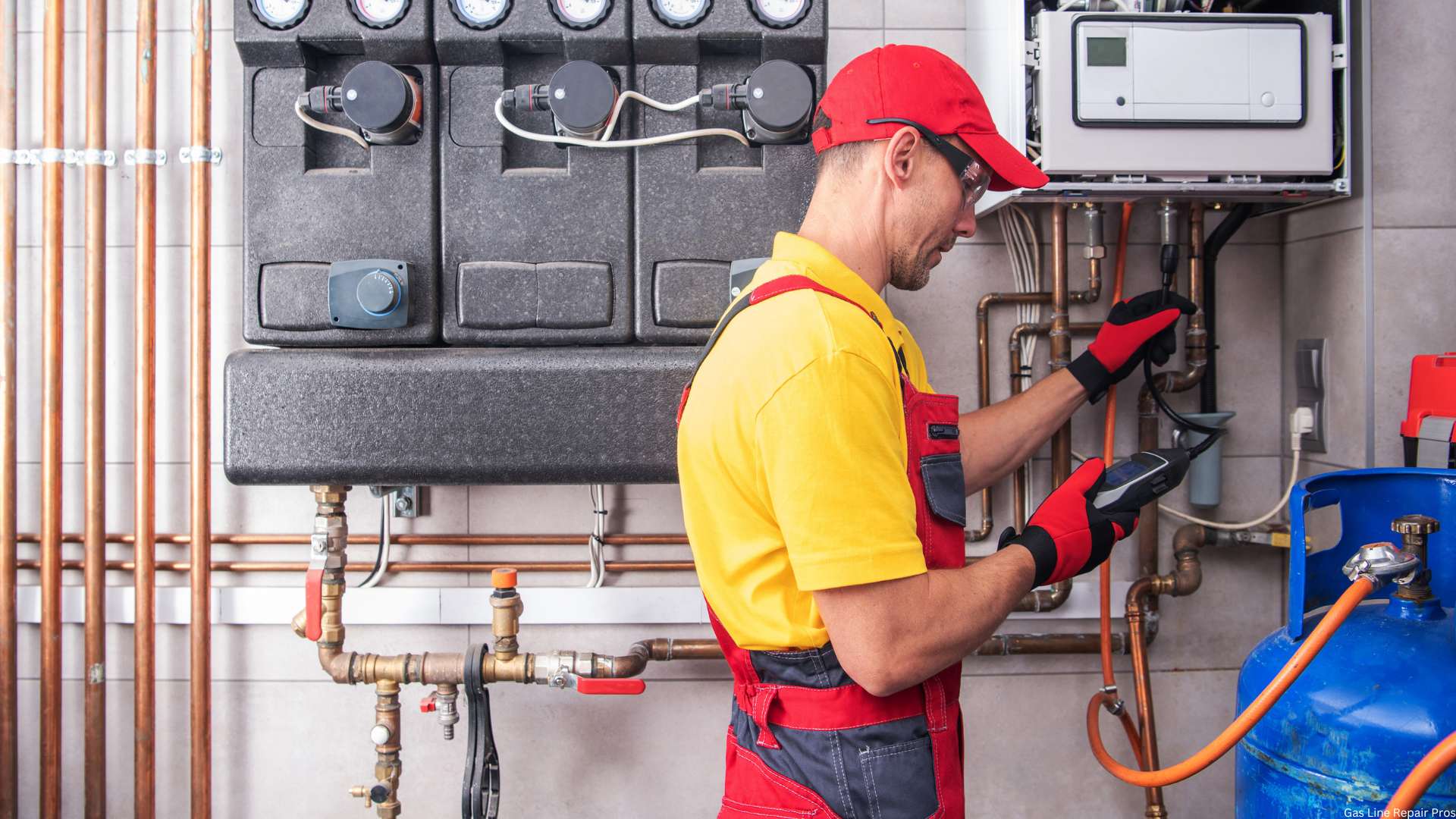When an emergency gas repair is needed in the cruise terminal area, quick action is essential for safety and efficiency. Gas leaks and related issues can pose serious risks, particularly in high-traffic regions like cruise terminals where thousands of visitors gather. Understanding how to respond to gas emergencies not only protects lives but also minimizes disruptions to operations. This comprehensive guide will walk you through the steps to take when faced with a gas emergency, ensuring that you are prepared and informed.
In the bustling environment of a cruise terminal, where vacationers are excitedly embarking on their journeys, the last thing anyone wants is a gas-related incident. These emergencies can arise unexpectedly, and knowing how to manage them can make a significant difference. In this article, we will explore essential tips for emergency gas repairs in the cruise terminal area, including whom to contact, safety precautions to take, and how to identify potential gas issues. By staying informed and prepared, you can ensure a safe environment for everyone involved, allowing the spirit of adventure to continue without interruption.
12 best Emergency gas repair cruise terminal area
Identifying Gas Issues
Recognizing the signs of a gas leak or malfunction is the first step in managing an emergency situation. Common indicators include a distinctive rotten egg odor, a hissing sound near gas lines, or dead vegetation around gas pipes. If you suspect a gas leak, it is crucial to act swiftly. Evacuate the area immediately, avoiding any actions that could create a spark, such as using electrical devices or lighting matches.
Safety Precautions
Once you have identified a potential gas issue, prioritize safety. Ensure that everyone in the vicinity is evacuated to a safe distance, ideally at least 300 feet away from the suspected leak. Do not attempt to locate or fix the leak yourself, as this could put you and others in danger. Instead, call emergency services or a licensed gas repair technician. If you are in a public space like a cruise terminal, notify terminal staff to initiate emergency protocols.
Contacting Professionals
In the cruise terminal area, several local services specialize in emergency gas repairs. It’s important to have contact information for these professionals readily available. When you call, provide them with detailed information about the situation, including your location within the terminal and any observed signs of a leak. This information will help them assess the urgency and prepare the necessary equipment for a swift response.
Additionally, familiarize yourself with the local emergency response procedures for gas leaks. Most cruise terminals have protocols in place to handle such emergencies efficiently, ensuring the safety of passengers and staff alike. Keeping updated on these procedures can enhance your preparedness for any gas-related incidents.
After the Emergency
Once the emergency services have addressed the gas issue, it’s important to follow up with any necessary repairs or inspections. Ensure that the area is deemed safe before allowing anyone to return, and keep communication open with the repair team for any further steps that may be required. Regular maintenance and inspections can help prevent future incidents, making it essential to establish a routine check-up process for gas systems, especially in high-traffic areas like cruise terminals.
In conclusion, being proactive and informed about emergency gas repairs in the cruise terminal area can save lives and ensure a safe environment for everyone. By recognizing the signs of gas issues, prioritizing safety, contacting professionals, and following up after an incident, you can effectively manage gas emergencies and protect both people and property.

